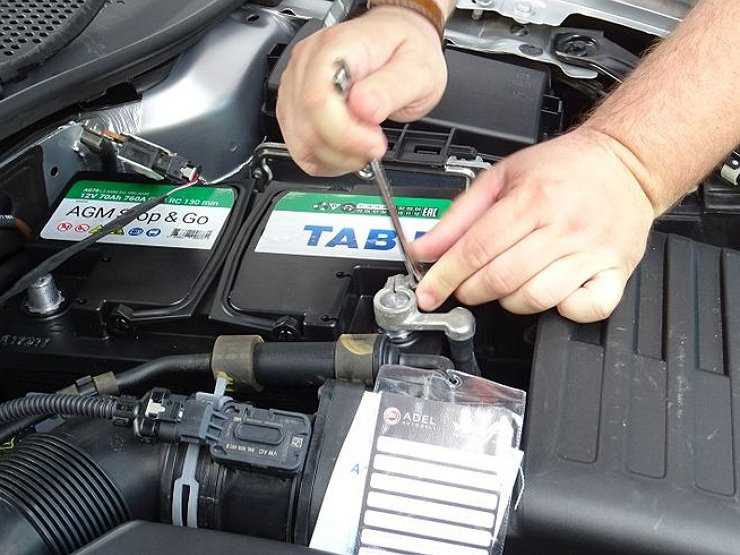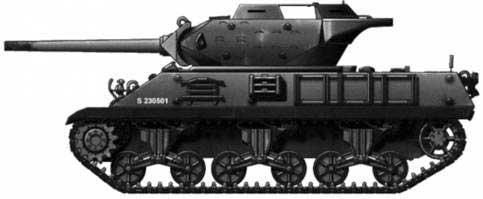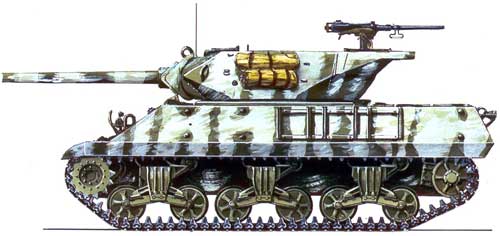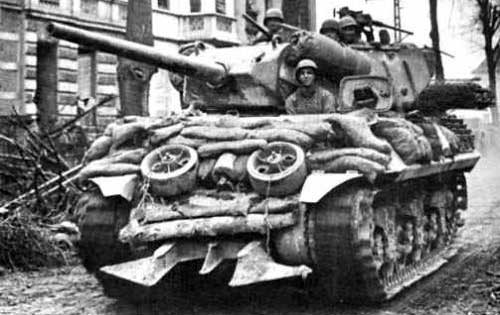
American self-propelled artillery installation M10 Wolverine
Content
American self-propelled artillery installation M10 Wolverine3-in. Gun Motor Carriage M10 - self-propelled artillery mount (ACS)
The side surfaces of the turret, which was open from above, were made inclined, in which the armament of the self-propelled gun was installed - a 76,2 mm M7 cannon covered with an armor mask with an initial velocity of an armor-piercing projectile of 792 m / s and an anti-aircraft 12,7 mm machine gun. The sights installed in the turret made it possible to fire both direct fire and from closed positions. The rate of fire of the gun was 76 rounds per minute. A radio station and a tank intercom were mounted on the car. In addition to the M4A2 modification, the chassis of the M4A3 tank was also used for the production of Vulverin self-propelled guns. Installations on the M4A3 chassis were designated M10A1 and differed from the M10 only in a slightly lower weight (28,6 tons instead of 29,3 tons for the M10). The industry in the United States produced about 6700 M10 and M10A1 installations during the Second World War.
Following the successful installation of a 105-mm howitzer on the chassis of a medium tank in April 1942, the idea arose to place a cannon with a high muzzle velocity on the same chassis in order to obtain an ACS for the tank-fighter command. The vehicle, which received the designation T35, used an early version of the M4A2 chassis, which was being produced at that time, an open-top turret with a slight declination of the gun, converted from the turret of the T1 heavy tank, and a 76-mm cannon.
However, the Commission of the Tank Fighter Command demanded that the silhouette of the vehicle be reduced and the hull plates installed at large angles of inclination. The improved version of the T35E1 on the M4A2 chassis received thicker armor, and the conical turret was replaced with a welded pentagonal turret. The vehicle, which entered service in June 1942, received the designation M10 self-propelled gun.
A modification was also produced on the M4A3 chassis, which received the designation M10A1 self-propelled gun. Most of them remained in America and were used for training or conversion into M35 armored vehicles. The rest were supplied under Lend-Lease to the UK.
"Grand Blanc Arsenal" from September 1942 to December 1943 built 4993 M10. From October 1942 to September 1943, Ford produced 1038 М10А1, and Grand Blanc in September-November 1943 produced 675 М10А1. However, 300 machines of the last batch were equipped with a new tower, similar to SAA M36 (T71). Tracked armored tractor M35. It was an M10A1 machine with the turret removed and a compressor and pneumatic hoses installed, designed to tow 155-mm and 240-mm artillery pieces. Crew (with calculation) - 6 people, weight - 55 pounds.
|
| Combat weight | 29,3 t |
| Dimensions: | |
| length | 6080 mm |
| width | 3080 mm |
| height | 2650 mm |
| Crew | 5 people |
| weaponry | 1 х 76,2 mm M7 cannon 1 х 12,7 mm machine gun |
| Ammunition | 54 shells 350 rounds |
| Booking: | |
| forehead | 76-51 mm |
| brow tower | 25 mm |
| engine's type | diesel company "GMS", type 6046 |
| Maximum power | 2x210 hp |
| full speed | 46 km / h |
| Power reserve | 325 km |
Sources:
- M4 "Sherman" - the history of creation and use [Panzer History 13];
- Baryatinsky M. B. Medium tank "Sherman". (Armored Collection No. 1 (22));
- US War Dept (1943 год), FM 18-15 Tank Destroyer Drill 3-inch Gun Motor Carriage M10, 76-mm Gun Motor Carriage;
- M10 3″ Gun Motor Carriage [Bellona Military Vehicle Prints 09];
- Chris Henry, Brian Delf, British Anti-tank Artillery 1939-45.


 The self-propelled unit was produced since 1942 and entered service primarily with the tank-destroyer battalions (54 self-propelled units in each). It was created on the basis of the M4A2 medium tank. At the same time, the chassis and power plant remained unchanged, while the hull and turret were redesigned. Although the thickness of the running and side armor remained practically unchanged compared to the base chassis, the armor plates are located at an angle to the vertical, which increased their projectile resistance.
The self-propelled unit was produced since 1942 and entered service primarily with the tank-destroyer battalions (54 self-propelled units in each). It was created on the basis of the M4A2 medium tank. At the same time, the chassis and power plant remained unchanged, while the hull and turret were redesigned. Although the thickness of the running and side armor remained practically unchanged compared to the base chassis, the armor plates are located at an angle to the vertical, which increased their projectile resistance.





